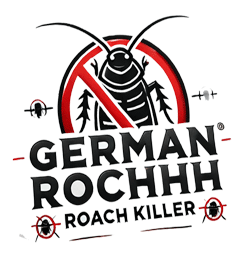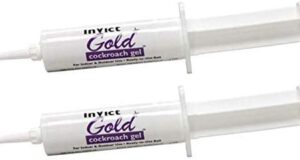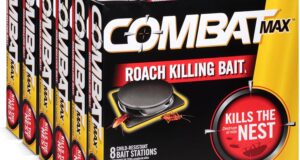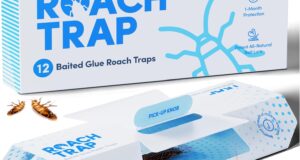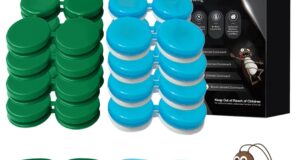Roach detection is key for a clean home.
Cockroaches breed fast.
They bring germs that can harm you.
You may see one cross your kitchen floor or hide in dark spots.
These tips help you find and remove roaches before they grow.
In this article, we show clear ways to spot roaches early.
We list signs and give small steps to stop an infestation fast.
Why Early Roach Detection Matters
Roaches are more than a bother.
They carry germs that hurt your health.
They trigger allergies and asthma.
Quick roach checks stop these risks.
They also save you from high pest control bills.
They limit the spread of roaches so removal is easier.
Common Signs of Roach Infestations
Look for these signs to find roaches:
- Live Roaches: See the bugs at night when they move in the dark.
- Droppings: Find small, black specks near food or in corners.
- Egg Cases: Look in cracks for brown, oval cases.
- Bad Odor: Notice a musty smell when many roaches stay.
- Smear Marks: Find brown lines on surfaces where roaches have passed.
Top Roach Detection Techniques
Try these ways to spot roaches and mark their spots:
1. Visual Inspection
Walk through your home and search in dark spots.
Check under sinks, behind machines, in cabinets, and in cracks.
Use a flashlight.
Do this at night when roaches are more active.
2. Sticky Traps
Place glue traps along walls and near sinks.
Watch these traps for stuck bugs.
The traps show you where roaches roam.
3. Bait Stations
Place bait that has poison near roach spots.
Roaches carry the poison back home.
The bait shows that roaches are present.
4. Black Light Inspection
Roach waste can glow under UV light.
Use a black light in dark areas to spot waste.

5. Listening for Movement
In a heavy infestation, listen for rustling in walls.
Sit in a quiet room and pay close attention.
6. Professional Detection Devices
Experts may use infrared cameras or CO₂ monitors.
These tools help find roaches when you cannot see them.
How to Eliminate Roach Infestations Quickly
When you see roaches, act fast.
Follow these steps to clear your home:
Step 1: Sanitation
- Wipe kitchen counters, floors, and cabinets.
- Clean up food spills right away.
- Store food in sealed containers.
- Throw out trash every day.
Step 2: Seal Entry Points
- Close up cracks in walls and floors.
- Fix leaky pipes that give water to roaches.
- Cover gaps near doors and windows.
Step 3: Use Roach Baits and Traps
Place baits and traps in affected areas.
Baits work when roaches take poison back to their nests.
Step 4: Apply Contact Insecticides
Use sprays in cracks and hidden spots.
Follow safety rules when you spray.
Avoid spraying near food areas.
Step 5: Employ Professional Pest Control
If roaches do not go away or the problem grows, call an expert.
Experts use special methods that work well, as the EPA notes.
Preventing Future Roach Infestations
Keep roaches away by doing these steps:
- Keep your home clean every day.
- Clear clutter so roaches have fewer places to hide.
- Fix water leaks quickly.
- Check sticky traps now and then.
- Look at grocery packages and used items when they arrive.
Quick Reference: Roach Detection and Elimination Checklist
- Look for droppings, egg cases, and live roaches.
- Place sticky traps in likely spots.
- Use a UV light to see hidden waste.
- Clean your home often.
- Seal cracks and gaps.
- Use baits and sprays when needed.
- Call an expert if the bugs do not leave.
FAQ About Roach Detection
Q1: How soon can I see a roach infestation?
A1: Roaches breed fast. You may see signs in a few days.
Keep checking with traps and look closely.
Q2: Can I do roach detection without help?
A2: Yes. Do a visual check, use sticky traps, and try a black light.
Experts help with tough cases.
Q3: Are some roaches harder to see than others?
A3: Yes. For instance, German roaches hide in small spaces and breed fast.
Using several methods helps you find them.
Effective roach detection keeps your home safe.
Watch for clear signs, act fast, and clean well.
Quick checks stop small problems before they grow.
These easy tips help you keep roaches away.
For more details, see the EPA guide on pest control at EPA Pest Control.
